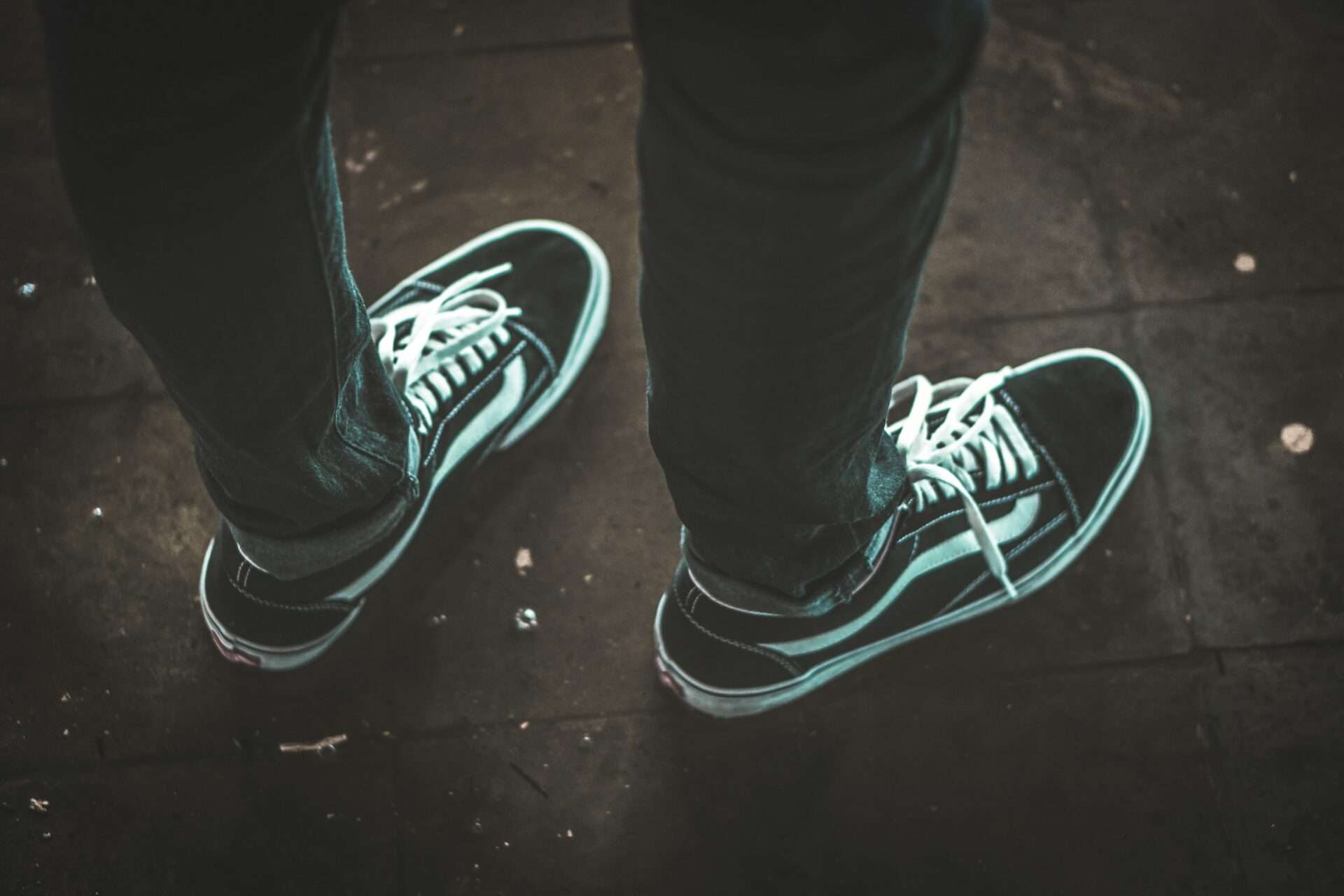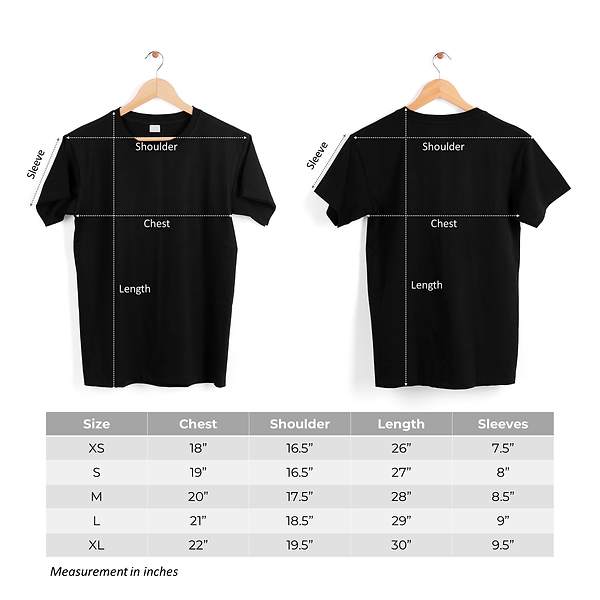The Best Walking Shoes
Quality walking shoes provide essential comfort, support and style for commuters, travelers and fitness walkers alike. This guide explores what makes great walking footwear and highlights top brands to consider.
Key Takeaways
- Prioritize cushioning, arch support and proper fit for all-day comfort
- Match shoe features to your foot type and walking surfaces
- Leading brands like Nike, New Balance and Skechers offer specialized walking footwear
Essential Features of Great Walking Shoes
Superior Cushioning Technology
Look for shoes with responsive midsoles that absorb impact while maintaining energy return. Memory foam or EVA insoles provide lasting comfort during extended wear.
Targeted Arch Support
Proper arch alignment prevents fatigue and injuries. Neutral, stability and motion control options accommodate different foot types and gait patterns.
Breathable, Flexible Uppers
Lightweight mesh or knit materials allow airflow while moving naturally with your foot. Seamless designs minimize irritation points.
Choosing Your Ideal Walking Shoes
Understand Your Foot Mechanics
Determine your arch type (neutral, low or high) and pronation pattern. Examine wear patterns on old shoes or consult a specialist for gait analysis.
Consider Your Primary Walking Surfaces
- Pavement: Shock-absorbing soles with durable outsoles
- Trails: Aggressive tread patterns for traction
- Treadmills: Flexible, low-profile designs
Proper Sizing Guidelines
Allow thumb’s width between longest toe and shoe end. Shop in afternoon when feet are largest. Test shoes with the socks you’ll typically wear.
Top Walking Shoe Brands
Nike: Performance Meets Style
Innovative cushioning systems paired with contemporary designs. Many models feature sustainable materials and moisture-wicking linings.
New Balance: Precision Engineering
Renowned for width options and stability features. Fresh Foam and FuelCell technologies provide responsive cushioning.
Skechers: Affordable Comfort
Memory foam footbeds and lightweight designs at accessible price points. Many slip-resistant options available.
Maintenance and Replacement
Rotate between multiple pairs to extend lifespan. Replace every 300-500 miles or when cushioning compresses noticeably. Clean according to manufacturer guidelines.
Frequently Asked Questions
- Can I use running shoes for walking? While possible, dedicated walking shoes offer better stability and durability for the specific motion.
- How important is shoe weight? Lighter shoes reduce fatigue but may sacrifice some cushioning – choose based on your walking distance.
- Are expensive walking shoes worth it? Higher-priced models often use premium materials and technologies that enhance comfort and longevity.



